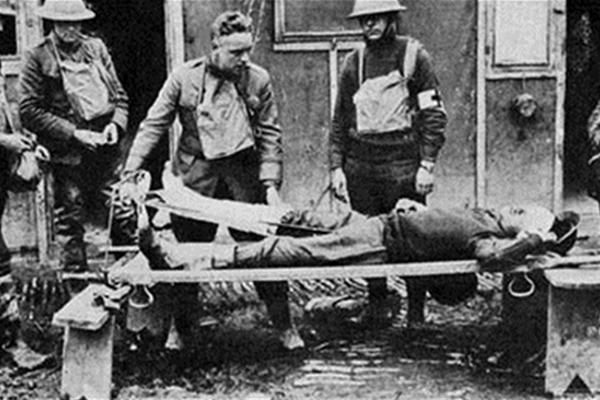

A successful campaign to grow corn, yams, and beans to mitigate the effects of the lost rice reflected positively on their ability to govern but could not fully compensate for the region’s losses. A large-scale emergency response began quickly, as the nascent government of the establishing Democratic Republic of Vietnam faced an early leadership test in their ability to rehabilitate the dike system and stymie the numbers of starvation casualties. Several breaks in the Red River’s dikes flooded more than 300,000 hectares of rice fields, resulting in a loss of about one-third of the crop that would have been harvested in November. Japan promised to support Vietnamese moves towards autonomy, and even actively encouraged Vietnamese emperor Bảo Đại to declare independence, but left the details of what ‘independence’ entailed vague.Īlthough the worst waves of the famine were subsiding by August 1945, when the Viet Minh took over and established the Democratic Republic of Vietnam, the north’s food supply was once again threatened by natural disaster. However, on the other side, Imperial Japan had quickly announced their seizure of power, and the Vietnamese were reveling in France’s public humiliation. On March 24, de Gaulle issued a declaration of condemnation about the coup, attempting to assure the people of Indochina that France was fighting for them-that they stood in solidarity. However, de Gaulle wound up attempting to employ the coup to gain political power, as this Franco-Japanese tension proved that the Nazi-collaborating Vichy France state had truly fallen, shielding French resistance fighters from residual Allied criticisms.
#Ww2 aftermath diseaser free#
French general Charles de Gaulle, leader of the Free France movement against the Nazi government in World War II, had hoped against, but still anticipated, a challenge to the Indochina colonial administration. Amid this, on March 9 the French colonial government encountered a coup de force by the Japanese, who feared a French colonial uprising against them as their power in the war waned. The number of casualties from the famine came to a zenith during the spring of 1945 that preceded the June rice harvest. Combined with the particularly cold winter that year, a large number of rural Tonkinites tried to escape to larger towns and cities where there might have been more available resources, but many died on the journey.

Most Tonkin peasants had typically relied on purchasing imported clothing, as Vietnam produced very little of its own textiles, but Japan had sent almost none after the onset of World War II. Tonkin farmers were forced to sell much of what little viable rice was left over to the colonial government, leaving them with nothing to feed themselves or their families.īy December 1944, many peasants in Tonkin and northern Annam were forced to subsist on anything that was available: rice husks, banana tree roots, clover, and tree bark. Natural crises added another layer of hardship-drought and insects decreased the spring 1944 rice harvest by nineteen percent compared to the spring 1943 crop, and on top of it all, a string of typhoons ruined the rice crop that would have been harvested in the autumn of 1944. The years 1941-44 saw the conversion of an unspecified quantity of Tonkin rice land to industrial crops such as jute and castor oil seed. Sugata Bose pinpoints 1943 as the year when starvation deaths began en masse in Tonkin, but the worst phase lasted from May 1944 until March 1945. The specter of famine always loomed-in 1937, it was narrowly avoided only by rice imports from Cochinchina’s surplus.

The poor in Tonkin often only ate a single meal per day and were only sufficiently fed for about four months out of the year, typically after harvests. As early as the 1920s, Tonkin was teetering on the precipice of food insecurity, consuming around eighty percent of the food grown in its region, whereas Cochinchina consistently maintained a surplus. Rice output in Tonkin had been falling for decades, but its population was growing.


 0 kommentar(er)
0 kommentar(er)
